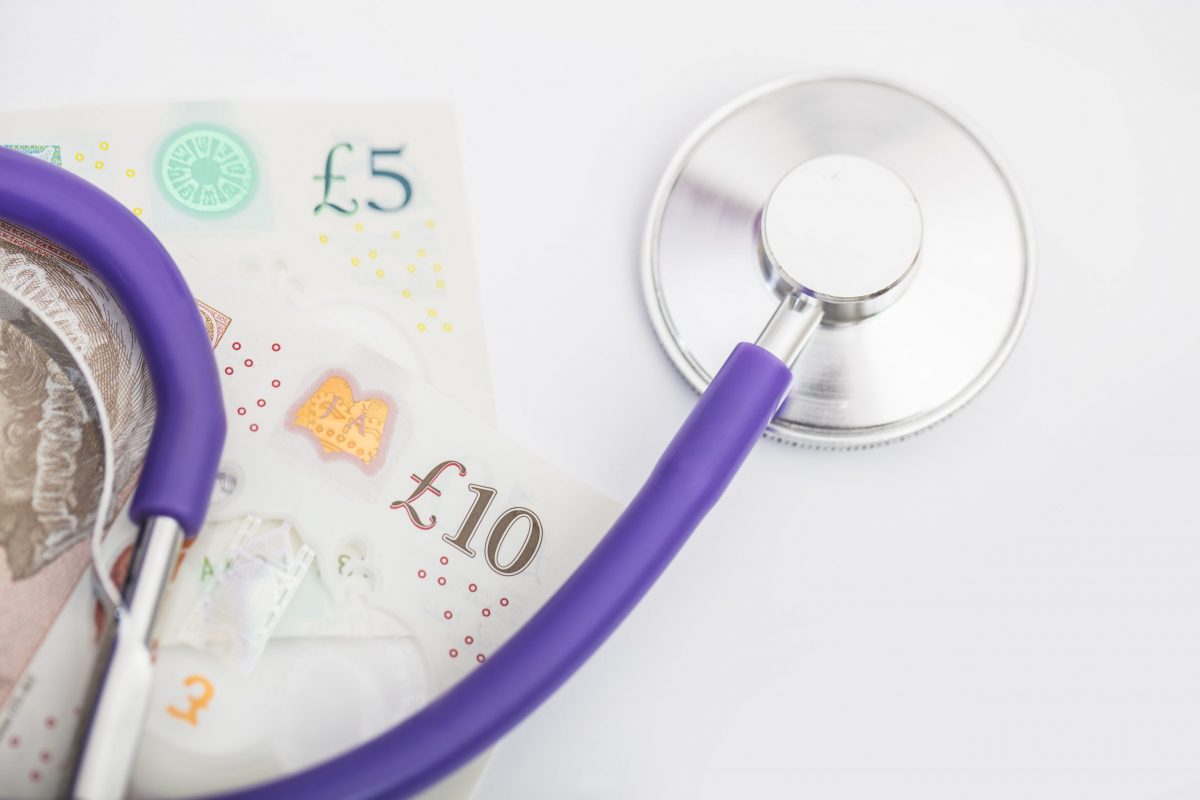‘A complete personality change’ – managing bipolar disorder
The case
A 20-year-old university student has been seeing the GP with depression, as a result of which she retook the first year of her degree. She did not improve with a prescription of citalopram and sertraline, and improved only marginally with a course of cognitive behaviour therapy. The GP prescribed venlafaxine three weeks ago because she continued to struggle with motivation and poor concentration. Her housemates have brought her to the surgery because over the past week there has been a complete personality change.
Uncharacteristically, she has been staying up all night partying with alcohol and drugs, wandering out in the middle of the night in bare feet in the cold, getting lost, overspending on clothes and shoes, getting into arguments and never keeping still.
On mental state examination, she is giggly, speaks quickly and is unable to stay still. She says she has never felt better and she is happy to put the friends’ minds at ease because they had not previously met the ‘new me’.
The GP refers the student urgently to the crisis team at the local mental health service.
The problem
Mania often first presents between the ages of 13 and 30, with a peak age of onset of 19 years.1 Up to 25% of new cases of depression under the age of 25 can be associated with mania-like episodes.2 If a person has depression symptoms at the same time as mania (mixed affective episode) or switches quickly from mania to depression and back to mania, there can be a risk of suicide and self-harm. Mania, mixed affective episodes and cycling of mood can be induced by antidepressants, other medication such as steroids, or illicit substances such as stimulants or strong cannabis. Most people who develop mania from antidepressant use are eventually diagnosed with bipolar disorder.3
Features
The core feature is persistent, uncharacteristically elated, euphoric or irritable mood, together with overactivity and three additional symptoms for a minimum of seven days4, which include:
- Inflated self-esteem or confidence.
- A decreased need for sleep.
- Being more talkative than usual.
- Having racing thoughts or speech that is difficult to keep up with or interrupt.
- Being distractible and unable to concentrate on one task for long before moving onto another.
- Being agitated or hyperactive in purposeful-type activity.
- Excessive or reckless involvement in recreational activities that could cause serious harm or upset.
The symptoms cause marked impairment in function, although the person often does not recognise it. There might be psychotic symptoms, such as voices telling them they are being persecuted or have special powers, or delusions of having special abilities, for instance the ability to fly. In hypomania, the symptoms may only be present for up to four days and can be associated with either increased or decreased productivity.
Diagnosis
The diagnosis of mania is a clinical one made on history from the patient and significant others, and observation of the patient’s mental state. Antidepressant or substance-induced mania cannot be differentiated from bipolar disorder unless the patient develops mania symptoms in the absence of the substance. A diagnosis of bipolar disorder is more likely if symptoms do not subside quickly after triggering substances are stopped. Alcohol can sustain mania symptoms but cannot induce them. Other perpetuating factors are lack of sleep and overactivity. Family history cannot be used to make a diagnosis of mania or bipolar disorder.
The diagnosis of bipolar disorder requires only a single episode of mania with no history of depression or an episode of hypomania and a history of significant depression lasting at least two weeks. These can only be made in the absence of drugs or medical conditions known to induce mania-type symptoms.
Management
Since mania is unpredictable, evidence of any risk should result in an urgent referral to mental health services. If the patient does not agree and there is a risk of exploitation and harm from others, consider a Mental Health Act assessment.
Management in the first instance is to stop the antidepressant. This should be done gradually with medications like venlafaxine that have a short half-life. Where there is risk, such as in the current case, an antipsychotic drug is prescribed to block central nervous system dopamine and bring the mania under control. The most effective antipsychotic drugs are risperidone, haloperidol, olanzapine and quetiapine.5 An alternative in men and postmenopausal women is valproate semisodium. Note that valproate is now banned in women not on the pregnancy prevention programme.
Depending on the risks, willingness to co-operate and the amount of care available from family, friends and mental health services, the patient may be managed in the community or on a hospital ward (voluntarily or detained).
All people with mania need to be followed up until symptoms are under control because of their unpredictability. Also, they may flip to depression or cycle between mania and depression, rather than returning to normal mood. In each instance, a diagnosis by a psychiatrist or a senior mental health professional should be made to determine if the person has bipolar disorder or substance-induced mania. The former will require further medication and other care since recurrence rates are at least 50% in the subsequent 12 months.6
Early management often results in much better outcomes.7 Well-controlled bipolar disorder is compatible with normal functioning and lifespan.
Professor Richard Morriss is a professor of psychiatry and community mental health at the University of Nottingham and honorary consultant psychiatrist at Nottinghamshire Healthcare NHS Foundation Trust
Visit Pulse Reference for details on 140 symptoms, including easily searchable symptoms and categories, offering you a free platform to check symptoms and receive potential diagnoses during consultations.












